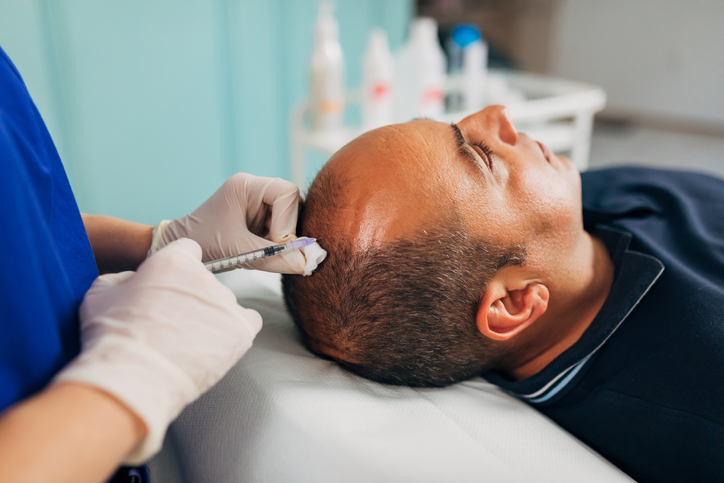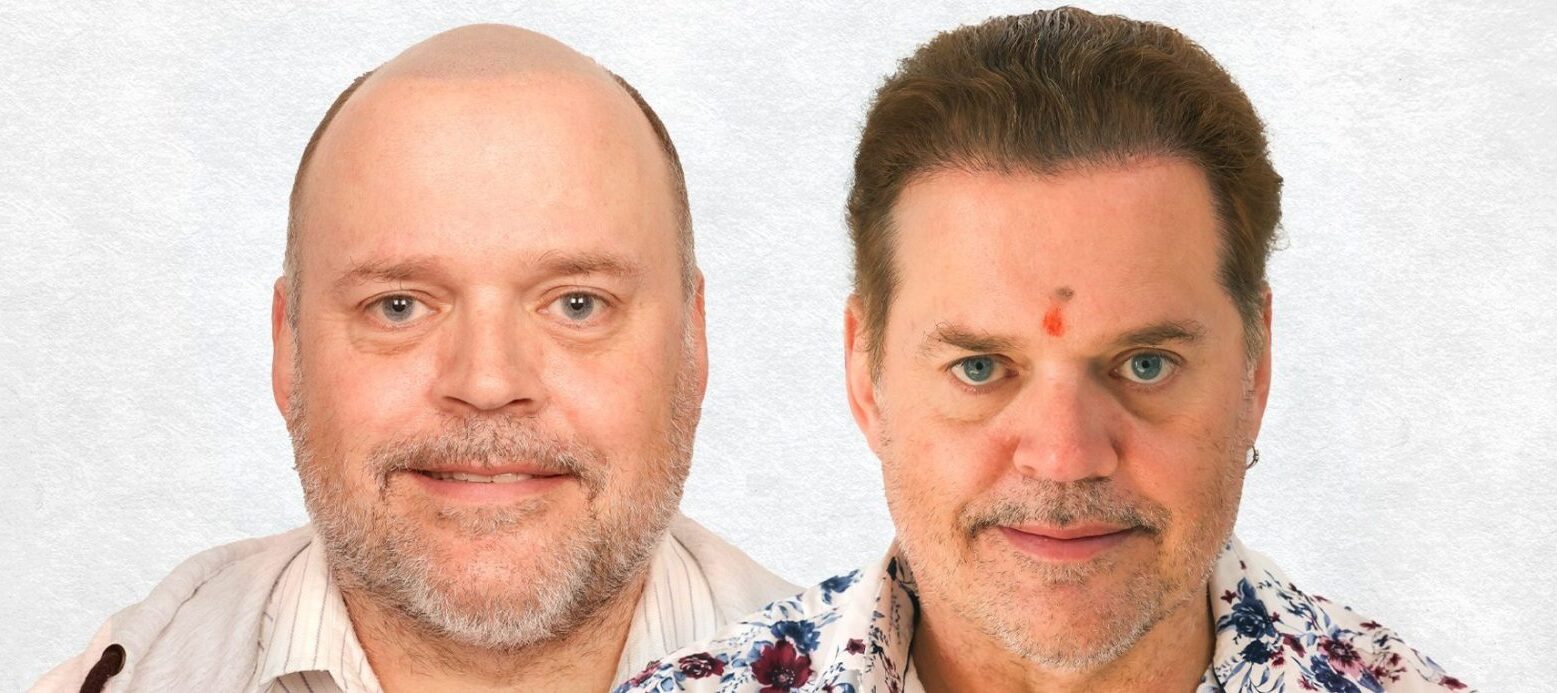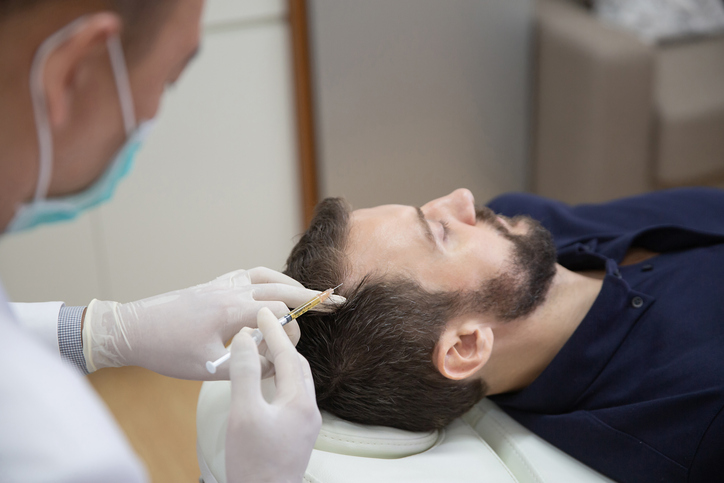Hair transplant surgery is a popular and effective solution for individuals seeking to restore their hairline and regain a fuller head of hair. While the procedure can yield remarkable results, it’s important to address the potential concerns related to scarring and the donor area. Understanding how these factors are managed before and after a hair transplant can help individuals make informed decisions and have realistic expectations. In this article, we will explore the considerations and strategies involved in dealing with scarring and the donor area during the hair transplant journey.
Before the Hair Transplant:
During the preoperative phase, a thorough evaluation is conducted to assess the donor area and determine the appropriate technique for the hair transplant procedure. The donor area is the region from which hair follicles are extracted for transplantation. It is typically located at the back or sides of the scalp, where hair growth is genetically resistant to balding.
Minimising Donor Area Scarring:
Experienced hair transplant surgeons employ techniques to minimise scarring in the donor area. One widely used method is Follicular Unit Extraction (FUE), where individual hair follicles are extracted using tiny punches. This technique leaves small, round scars that are often barely noticeable and easily concealed by surrounding hair.
Another technique is Follicular Unit Transplantation (FUT), also known as strip harvesting. In this method, a strip of hair-bearing skin is removed from the donor area, and hair follicles are extracted from that strip. The incision is then meticulously closed using sutures or staples. While FUT may result in a linear scar, skilled surgeons use advanced closure techniques to minimize scarring and ensure it remains discreet.
After the Hair Transplant:
After the procedure, both the donor area and the recipient area (where the transplanted hair is placed) require proper care and attention to promote healing and minimise any potential scarring.
Managing Donor Area Healing:
Following the hair transplant, it is essential to follow post-operative instructions provided by the surgeon. This typically includes gently washing the scalp, avoiding excessive rubbing or scratching, and keeping the donor area clean and dry. Applying appropriate medications and following a recommended hair care routine can help expedite the healing process and minimise the visibility of any scarring.
Scarring and its Evolution:
It’s important to note that scarring is a natural part of the healing process, and it will occur to some extent after any surgical procedure. However, the visibility and texture of the scars can vary depending on several factors, such as the individual’s healing ability, the surgical technique employed, and the post-operative care. In most cases, the scars gradually fade over time and become less noticeable, especially when proper care is taken during the healing process.
Camouflaging Scarring:
There are various techniques and options available to help camouflage any potential scarring in the donor area. These include:
– Hairstyling: The surrounding hair can be styled to cover the donor area, making any scars or signs of the transplant less visible.
– Scalp Micropigmentation (SMP): SMP is a non-invasive procedure that involves tattooing tiny, pigmented dots on the scalp to create the illusion of hair density and camouflage any scarring.
– Hair Products: Certain hair products, such as concealers, powders, or fibres, can be applied to the donor area to minimise the appearance of scars or thinning.
Beard or Body Hair Transplant:
In cases where the donor area is limited, hair follicles can be extracted from other parts of the body, such as the beard or chest, to minimise the impact on the scalp’s donor area. Consulting with an experienced hair transplant surgeon is crucial in understanding the best approach for managing and camouflaging any potential scarring in the donor area. They can provide personalised recommendations based on individual needs, hairline design and hair characteristics.
In conclusion, scarring in the donor area is a common concern for individuals considering a hair transplant. However, advancements in surgical techniques and post-operative care have significantly minimised the visibility of scars. By selecting an experienced surgeon, following proper post-operative instructions, and exploring available options for scar management, individuals can achieve natural-looking results with minimal scarring. Understanding the potential challenges and strategies involved in dealing with scarring and the donor area is essential in making informed decisions and embracing the transformative benefits of a hair transplant.





